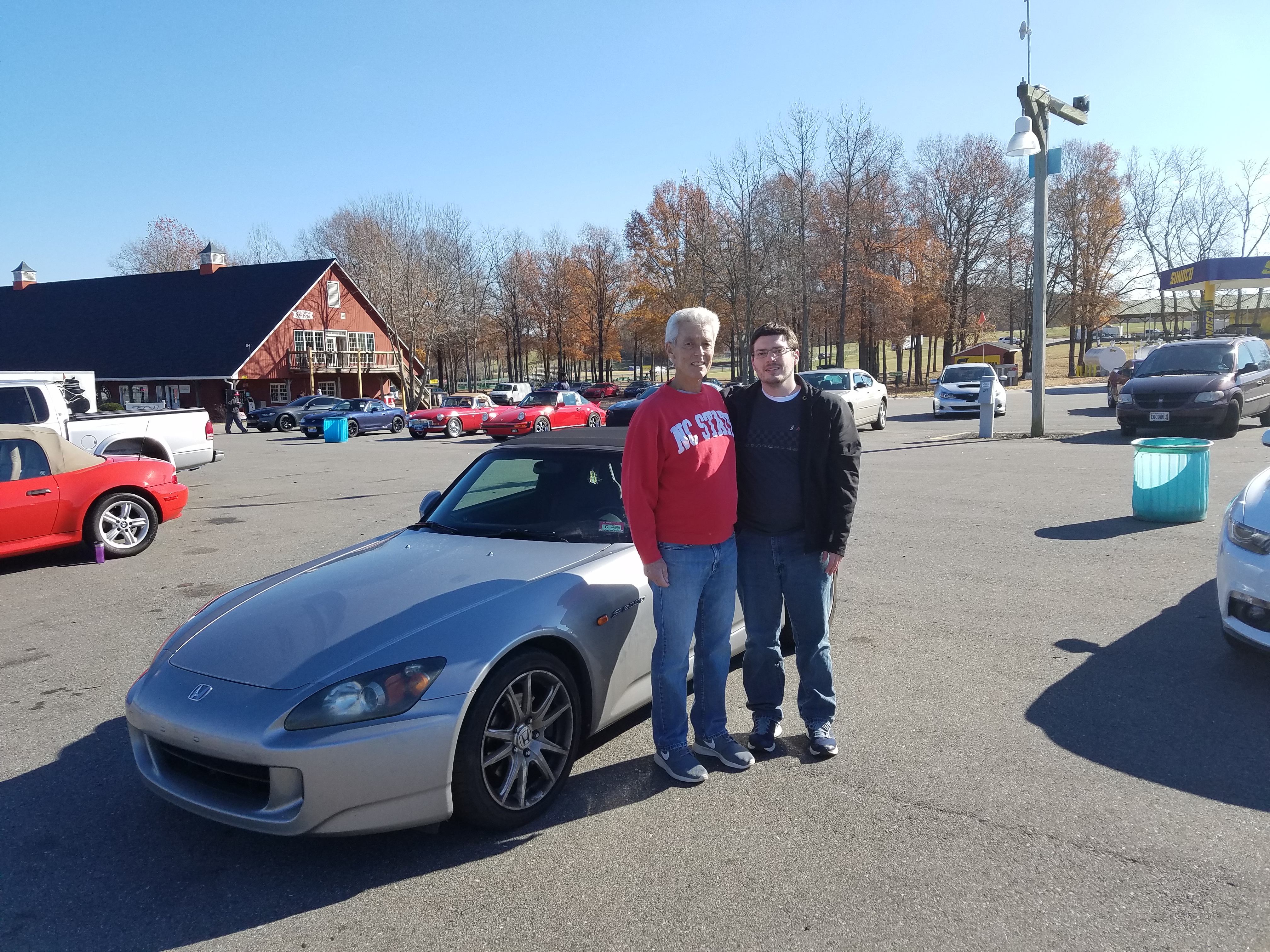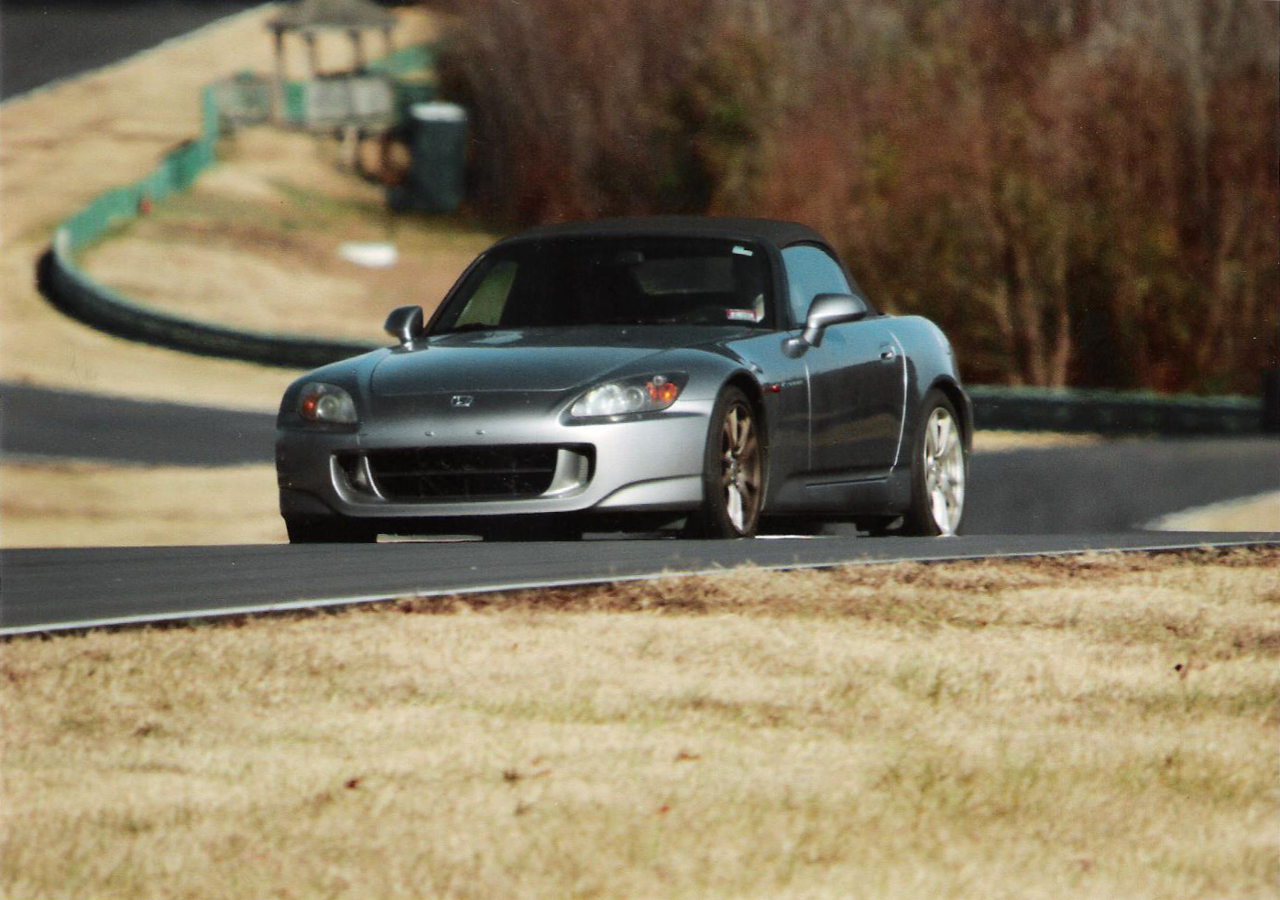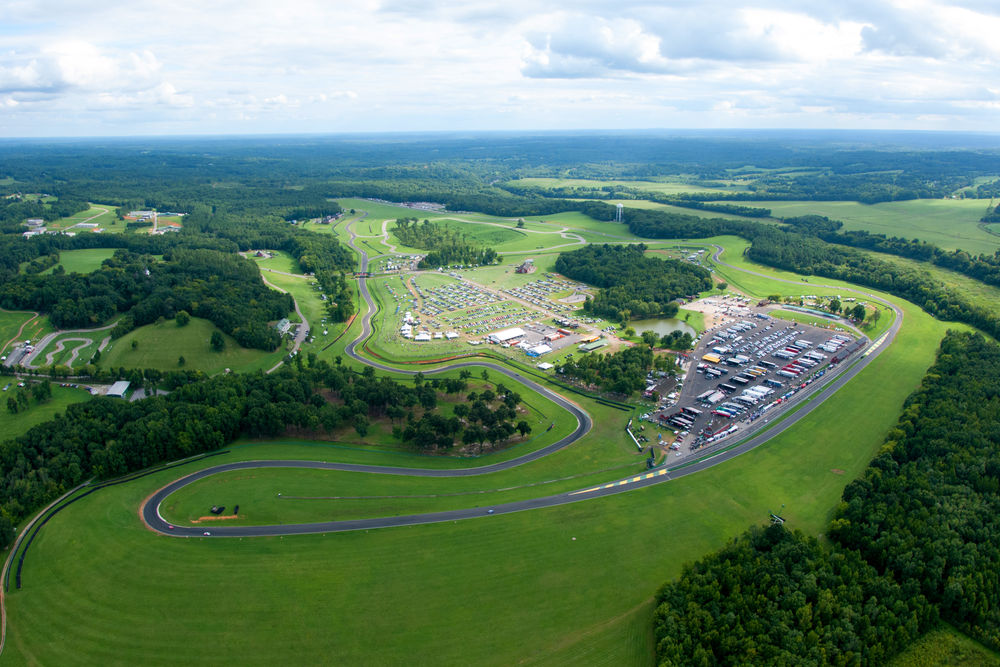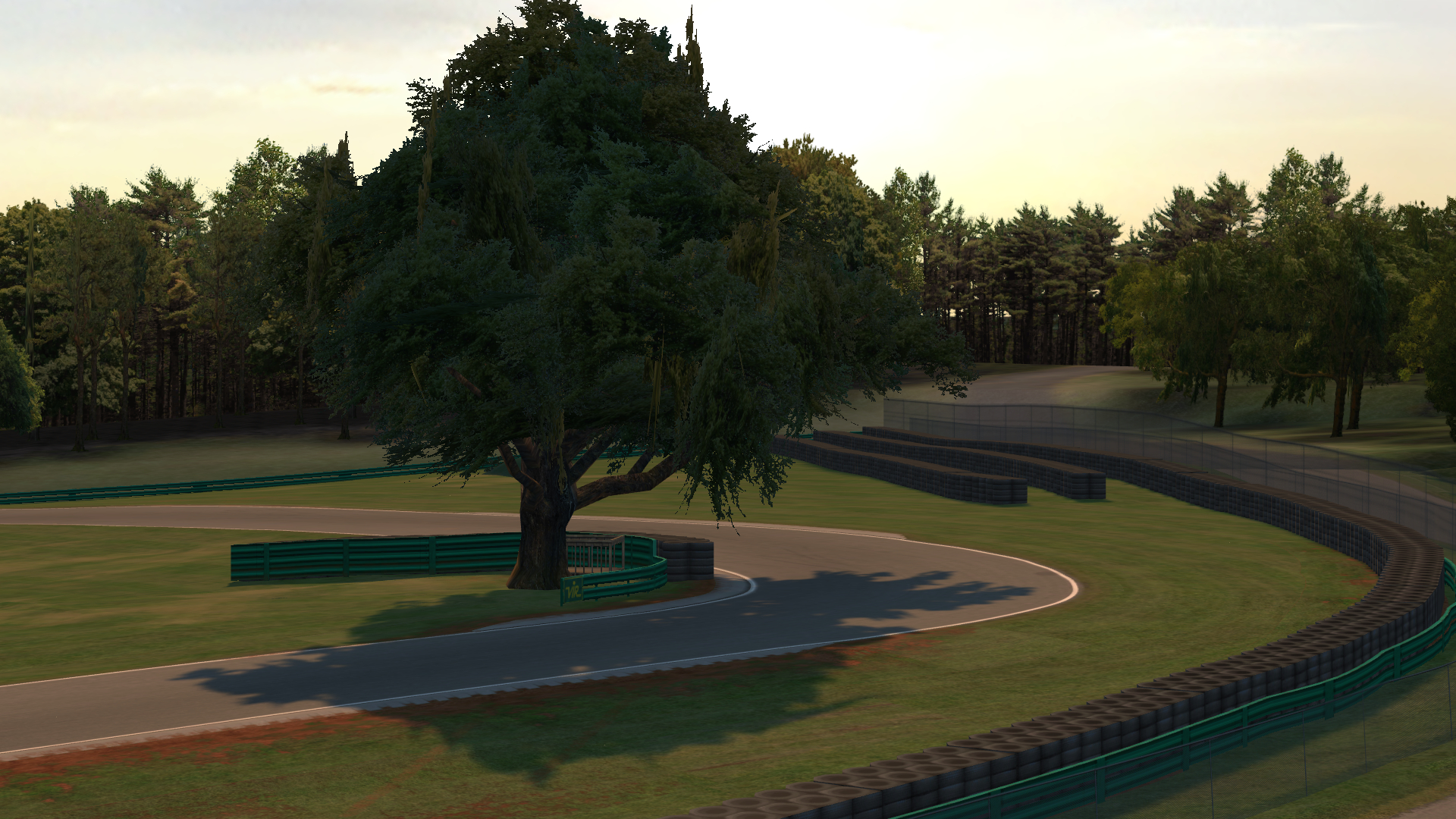For many sim racers, myself included, racing online is probably as close as we’ll ever get to feeling like a competitive race car driver. Costs and other commitments may put that dream out of reach in real life, so driving in the virtual world is the next best thing.
However, that doesn’t mean we can’t at least get a taste of what driving fast on a real racetrack is like. While they’re not free, driving schools and track days offer a chance to go from the computer to the cockpit of an actual car on an actual track.
I’ve been able to do both experiences at the Virginia International Raceway. First, on a scorchingly hot June day nine years ago, my dad and I participated in the Bertil Roos Racing School on the VIR south course. Prior to that event, it had been several years since I drove in any racing game, and I’d never driven around that variation of VIR, either on a game or in real life.
Between learning a new track and the dog box-style transmission in those open-wheeled F2000 cars, it took some time to feel comfortable driving. We had four 20-minute sessions on track that day, and it took until the third or fourth session until I understood the flow of the track and the feel of the car.
The following year in August 2008, I discovered and joined iRacing, becoming instantly hooked on the thrill of racing competitively, even if it was only in a virtual environment. For the next eight years, iRacing was the extent of my competitive driving experience since I hadn’t driven on a real track since the driving school in 2007.
Last Friday, though, that streak came to an end. VIR hosted its annual Holiday Laps event, in which you can make a donation to the Salvation Army in exchange for about 20 minutes on track in your street car.
I watched some onboard videos from years past and it seemed like people mostly drove the course at highway speeds or less, often bunching up and slowing down in the corners before speeding up down the straightaways.
With that as my example, I expected it would be a fun opportunity to ride around the racetrack in my own car, but certainly nothing comparable to a high-performance driving experience. So on the morning of the event, my dad and I hit the road to make the 90-minute trip to VIR in my 2005 Honda S2000.

My pre-conceived idea was only reinforced in the pre-session drivers’ briefing. “It’s not a test day,” the track official told us, and he warned that some of the more exciting parts of the track like the Climbing Esses might not be as fun if we were creeping through there at 5 mph.
When it came our turn to head onto the track, I was around 25th in line out of 40 or so cars, so I fully expected to putter along near the end of a long line of cars pacing the circuit. However, that never happened.
The cars ahead of me must have either gotten a huge head of steam leaving the pits or been uncomfortable driving 55, so to speak, because there were never any big slowdowns ahead of me. Instead, I got to drive about as fast as I wanted for the entire session. And it was awesome!
On the straightaways, I opened up the throttle like I’d never done before, hitting 100 mph at one point on the backstretch before getting the car slowed down for the next corner — the tricky Roller Coaster. I carried in a bit of extra speed on that lap and had to make a quick steering adjustment as the tires briefly lost grip.

On the other end of the track, my little roadster ate up the Climbing Esses, which I was able to take at more than highway speeds. I’m sure I gave my dad a few scares, and he admitted that he wondered if I was ever planning to slow down for some corners. Particularly in turn 1, I braked a bit too late on my first two laps, forcing me to turn hard to the right and make the tires squeal to get through the corner.
While I hadn’t expected this event to offer racing-like speeds, I was pleasantly surprised that it did. I’ve had my car for a little more than 10 years now, and all that time, I’ve wanted to give it a proper test on a real track. This event gave me just that chance.
After seeing just how fast and close to the edge of my own comfort zone I was able to drive, it made me glad that I’d run so many laps around VIR on iRacing. While I’ve heard professional drivers praise a simulator in helping them prepare for their real-world driving, I’d never gotten to experience it first-hand.
Although I’m sure I was far from professional-caliber lap times in my car, I do now have a much better appreciation for where the sim helps and where it falls short.
First, just learning the track on the sim made me instantly comfortable with navigating it in real-life. My dad commented that he wasn’t sure how I knew which line to take through some of the more technical corners, and I credit all of that to my virtual driving. From the moment I exited the pits, I felt like I already knew my surroundings.

Granted, VIR has changed a bit since iRacing laser-scanned and built it. It was one of their first circuits, and it retains some of that rough-around-the-edges graphical quality to this day. Also, the real track was repaved and widened a few years ago, and those changes aren’t yet reflected in the virtual version. However, the driving line and braking points haven’t really changed, and knowing those also made for a smoother transition when driving the real track.
That’s not to say that the sim is a perfect learning tool, though. One common criticism by professional drivers is that a simulator lacks the feeling of G forces, and while I wasn’t pulling too many Gs on my laps, I can see how that would affect the immersion for someone used to that sensation in a real racecar.
Another criticism I’ve heard before came from Sprint Cup Rookie of the Year Chase Elliott. When preparing for a truck race at Mosport, he complained that the elevation change into the uphill Moss hairpin was much greater in real life than in iRacing. At the time, I took that comment as a slight against my favorite racing sim, but I can now see what he meant.
Despite the accuracy of the laser scan, the track rendered on a computer screen just can’t do justice to those elevation changes. The main one I noticed was on the descent of the South Bend turn and subsequent rise toward the Oak Tree corner. The sim shows that as a small dip, while on the real track, you can really see and feel the road fall away from you.

The other major difference I noticed was that you feel so much more connected to the track and the car when driving in real life. A simulation can only go so far in providing feedback about how the car is reacting to the road; it’s generally limited to what you see, what you hear, and what force feedback the steering wheel provides.
In real life, though, you get much more than that. Each of those senses is magnified, and along with the G forces, you have certain seat-of-the-pants feel for how the car is driving. Depth perception makes a big difference as well; even driving with a three-screen setup can only tell you so much about the environment around you. In a real car, it feels like you’re so much more immersed with the track and its surroundings.
Feeling more connected and invested in the driving also increases the “fear factor”. I don’t use that term because I was scared while driving, but because there was a very real realization that screwing up couldn’t be fixed simply by hitting a reset button and getting a new car.
However, that feeling was diminished because of my sim racing experience. When I felt the back end getting light through the Roller Coaster turn, I didn’t panic or overreact. Instead, I knew what to do to control the car and turn a potential disaster into a heroic account from a day at the track.
Okay, maybe it’s not as brave of a story as a driver making a big pass for position or splitting lapped traffic three-wide. But for an amateur getting a taste of what it’s like to be a real driver, I’ll gladly cling to whatever glory I could wring out of an incredible day on track.